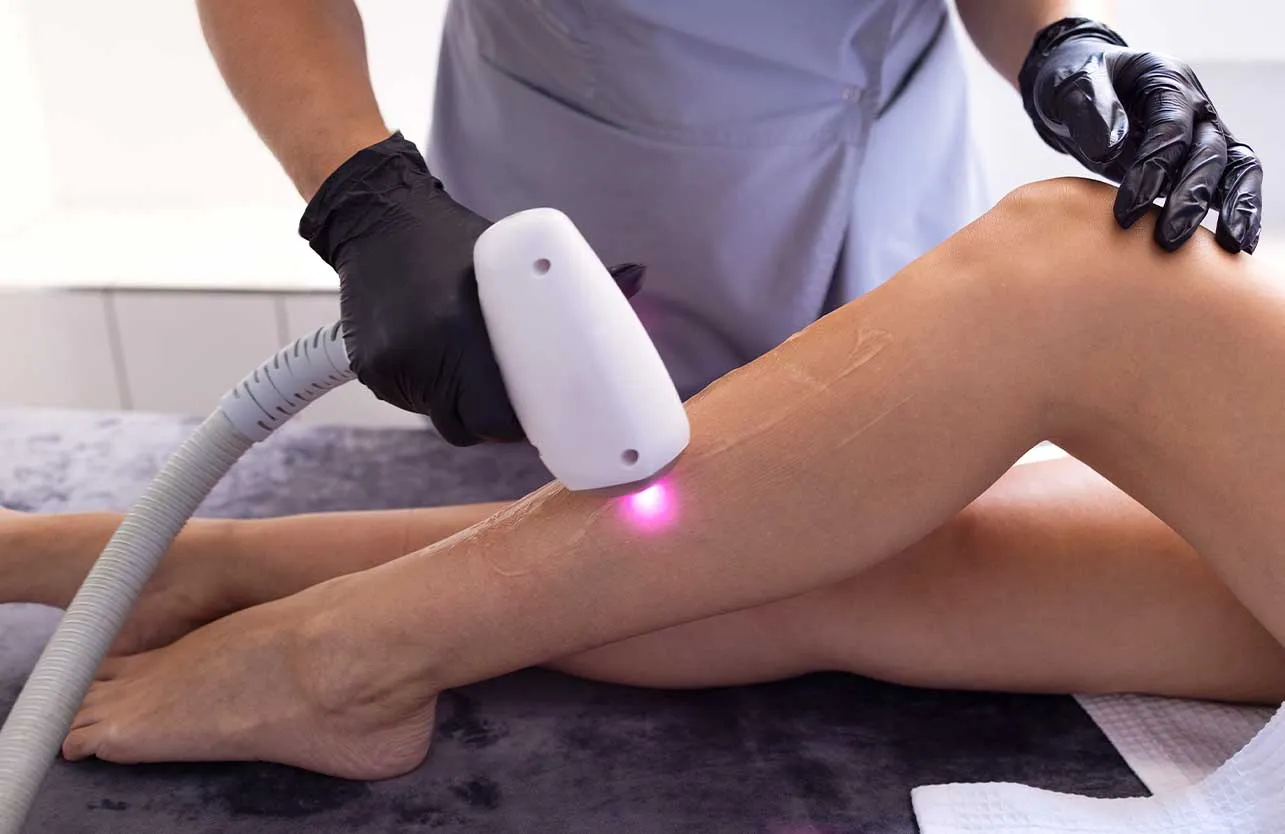Side Effects of Laser Hair Removal and How to Prevent Them
What Is Laser Hair Removal and How Does It Work?
Laser hair removal is a cosmetic dermatological procedure that targets the melanin in hair follicles using concentrated light energy. The absorbed light converts into heat, damaging the follicle and inhibiting future hair growth. While highly effective and safe when performed by professionals, the procedure—like any medical treatment—can cause side effects, especially if not applied correctly or to suitable candidates.
Most Common Side Effects of Laser Hair Removal
Most reactions after laser hair removal are temporary and mild. However, misuse of the device or inappropriate settings for a patient’s skin type may lead to more severe outcomes.
1. Redness and Mild Swelling (Erythema and Edema)
- Cause: Inflammatory response due to follicle damage.
- Duration: Typically subsides within 1–3 hours.
- Prevention: Apply cold compresses and avoid irritants immediately after treatment.
2. Itching or Stinging Sensation
- Cause: Temporary epidermal irritation post-procedure.
- Duration: Usually resolves within 24 hours.
- Prevention: Use fragrance-free moisturizers and avoid scratching.
3. Crusting and Mild Burns
- Cause: Excessive laser energy or improper device settings.
- High-Risk Group: Darker skin types (Fitzpatrick IV–VI).
- Prevention: Proper cooling and device calibration; post-care with emollients and healing ointments.
4. Hyperpigmentation (Dark Spots)
- Cause: Increased melanin activity or surface-level burns.
- Aggravating Factor: Sun exposure post-procedure.
- Prevention: Use SPF 50+ sunscreen daily and consider topical lightening agents if necessary.
5. Hypopigmentation (Light Spots)
- Cause: Destruction of melanocytes in the skin.
- Risk: More common with unsuitable laser wavelengths on darker skin.
- Prevention: Begin with test patches and proper skin typing.
6. Risk of Infection
- Cause: Broken skin or microabrasions becoming entry points for bacteria.
- Prevention: Maintain hygiene, avoid touching the area, and use antibacterial creams if needed.
7. Acne Flare-ups or Folliculitis
- Cause: Inflammation of follicles or reaction to topical products.
- Prevention: Choose non-comedogenic skincare and consult a dermatologist for persistent breakouts.
When to Be Extra Cautious
Skin Type and Laser Compatibility
Different skin types require different wavelengths. Alexandrite lasers are ideal for lighter skin, while Nd:YAG lasers are safer for darker tones.
Sun Exposure
Avoid direct sun exposure for at least 2 weeks before and after the procedure to reduce the risk of pigmentation. Daily sunblock is essential.
Pregnancy and Breastfeeding
Laser hair removal is not recommended during pregnancy due to the lack of safety data. Postpone treatment during this period.
Active Skin Conditions
Conditions like eczema, psoriasis, or active acne should be treated before undergoing laser procedures to avoid complications.
Proper Post-Treatment Skincare
Your skin becomes more vulnerable after laser hair removal. Appropriate aftercare is critical to prevent complications and ensure desired results.
1. Apply Broad-Spectrum Sunscreen (SPF 50+)
Protect your skin from UV damage daily—indoors and outdoors.
2. Gentle Cleansing
Use fragrance-free, soap-free cleansers to avoid irritation.
3. Cold Compresses
Soothing the area with cold packs reduces inflammation and discomfort.
4. Moisturizing Creams
Opt for hypoallergenic, non-irritating moisturizers to support the skin barrier.
5. Avoid Irritants
Do not use retinoids, acids, or exfoliating agents for at least one week.
Why Professional Supervision Matters
To minimize risks and maximize outcomes, laser hair removal should be performed by a dermatologist or trained medical professional using FDA-approved devices. Proper patient evaluation, patch testing, and customization of laser settings based on skin and hair type are essential for safety and efficacy.

